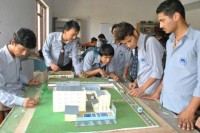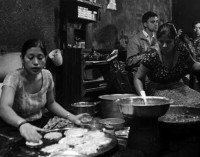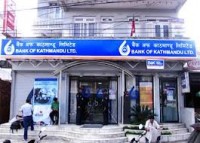Chusya Baha
Located at the end of a lane on the west of Kantipath, Chusya Baha was built by Gunajyoti Bajracharya of Dhokha Baha. Built by the trader whose business took him on numerous ‘profitable’ trips to Lhasa, the Baha was inaugurated in 1667 AD and later in 1996, it was restored by the Sangha with some help from internal agencies and local embassies.
Bajracharya is one of the many successful businessmen who ran business between the plains of India and the Tibetan plateau. The government had taxed this revenue stream and used all its resources to protect and enhance this trade and the profit gained by the traders were used to built many monuments and elegant homes around nation. Kathmandu was the hub of business activities in the region during the peak of this trade. Traders from the southern plains had to cross over the Malaria infested jungle during winter. Also, the traders who took these goods to Tibet had to wait until spring to cross the snow laden mountain passes which made Kathmandu the main trading center. This trade revenue financed the palaces, temples, bahas and bahis along with private homes and people then, took full advantage of the fact that Nepal was land linked unlike present when they lament for it being had locked.
A trade agreement was made during 1630s which was in the favor of Kathmandu’s traders. As the leaders of this initiative, Bhim Malla, had expected a heroic welcome in his country in the late 1630s, however, he was murdered by jealous rulers. A temple named Bhulukha was built at Yetkha tole in his memory in 1641 which was renovated by the municipality.
Hence, the trade the plains of India and the Tibetan plateau that was made through Kathmandu is yester eras led to the profit of the traders living here and who, gradually built these bahas, temples and houses including the Chusya Baha located in Kantipath in Kathmandu.







